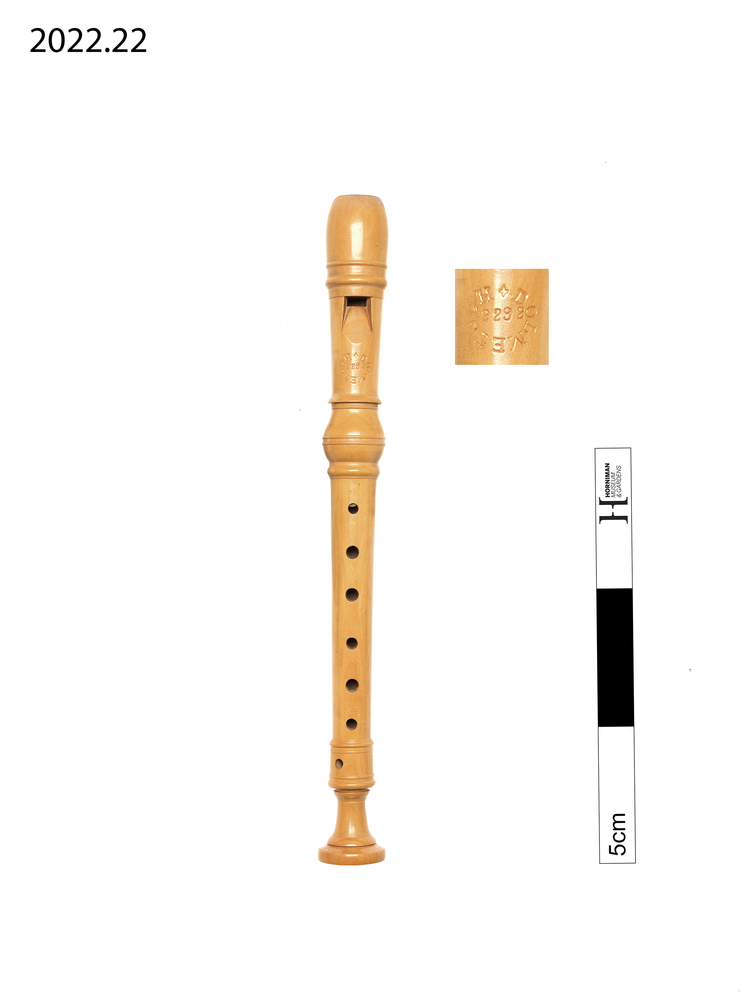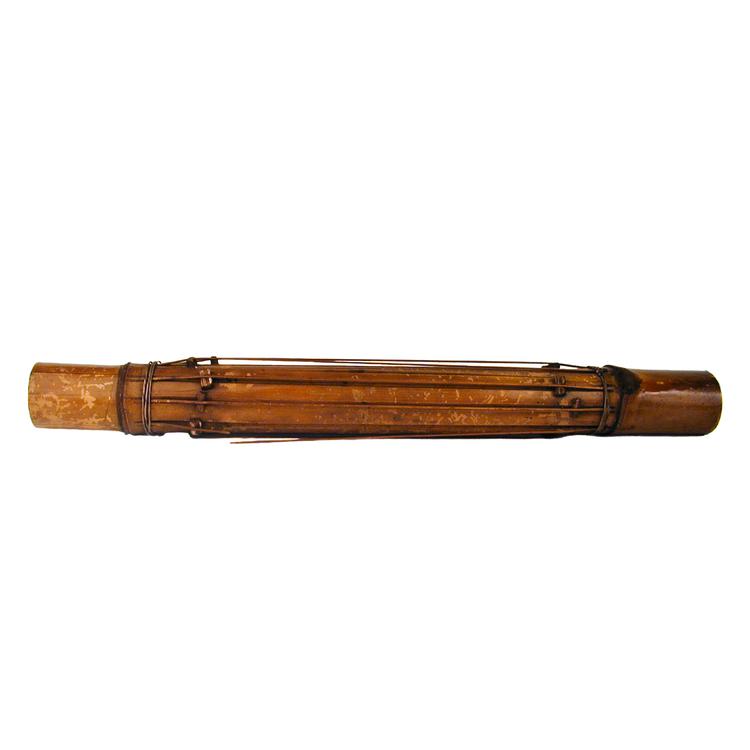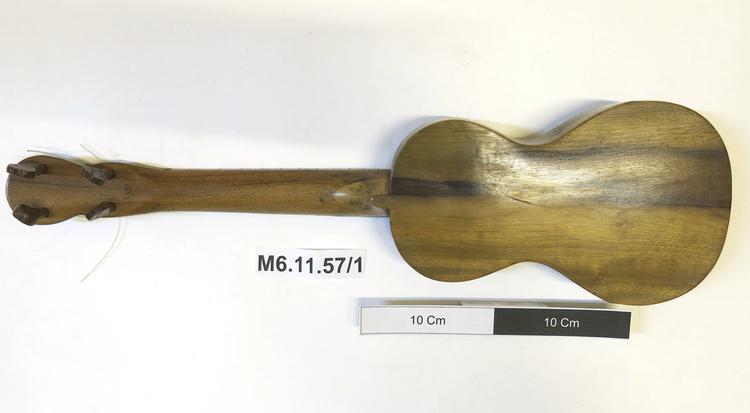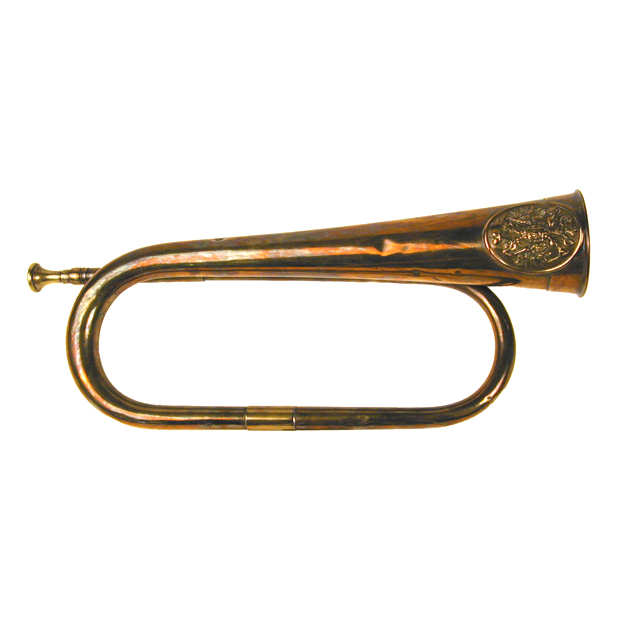Virginal inscribed on the jackrail front: DOMINICUS VENETUS FECIT MDLXIIII and on the back of the facia: RESTORED BY A DOLMETSCH LTD. HASLEMERE/1958.
Virginals and spinets, smaller, more portable and less expensive than harpsichords, could be set up in any room on any convenient table. Extremely popular, they were produced throughout Europe and assumed many outlines. The early polygonal and rectangular virginals gradually gave way to the wing-shaped spinets. Virginals are generally distinguished from spinets by having the lowest (longest) string nearest to the player. In spinets the lowest string is the one furthest from the player. Other technical features also contribute to distinguishing one from the other. Nevertheless, historical examples sometimes confound modern definitions by not conforming entirely to one definition or the other. In the historical period, the terminology referring to smaller plucked keyboard instruments was also sometimes confused. Most virginals and spinets had only one set of strings, with few or no possibilities for varying the volume or tone colour. They naturally served for practice, but were also widely used for performing solos and accompanying more intimate ensembles of singers and quiet instruments like the lute and viol. Their diminutive size sometimes invited extravagant decoration to display as a trophy of wealth, or bestow as a token of love.






